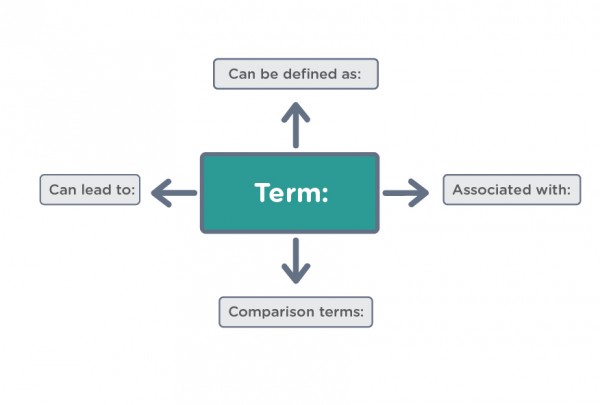Students link the financial decisions made by individuals to the global market. They consider how globalisation affects our lives and investigate the pros and cons of globalisation.
These activities link the financial decisions made by individuals to the global market. They centre around the concept of globalisation, defining this concept, considering how globalisation affects our lives, investigating the pros and cons of globalisation and the role of governments in encouraging or inhibiting globalisation.
Learning outcomes:
- identify the effects of buying locally and from overseas
- define globalisation and identify positive and negative aspects of this concept
- describe how governments can influence financial decision-making
Key concepts:
- Globalisation
- Local markets
- Overseas Markets
- Trade agreements
Activities
1. Buying
Have the students in small groups discuss the range of ways they and their whānau buy goods. They can discuss:
- the types of products they buy online
- why they don’t buy goods online
- where their online purchases are shipped from – New Zealand or overseas
- why they buy these types of products online.
2. Buying locally and globally
Students can assess the effects of buying locally against buying from overseas by investigating these perspectives.
- Buying New Zealand-made goods increases our manufacturing capabilities and means more jobs for our own people.
- Supporting locally-owned businesses means they spend more money in the local economy.
- Buying goods from overseas increases our choices and can be cheaper than buying locally-produced goods.
- Buying goods from overseas supports the development of less economically developed countries.
- Importing goods has negative environmental effects
Prompt students to illustrate each statement with an authentic example, before summarising the social and economic effects of buying locally or globally.
3. Online retailers
Have the students return to the websites where the items they were considering purchasing are available for sale. Have them identify:
- where the online retailer is based
- where the item to be purchased was made
Collate this information from the class and display it on a world map. Students can do this digitally, using a site such as Scribblemaps(external link) .
Analyse the map with these questions:
- In which regions of the world are most of the online companies based? Why do you think this is?
- In which regions of the world are most of the products manufactured? Why do you think this is?
Use this exercise as an introduction to the concept of globalisation.
4. Concept definition map
Separate the class into groups of three, with each student in the group taking responsibility for completing a concept definition map for these key terms.
- Globalisation
- Financial decision making
- Multinational companies.
A concept definition map requires students to consider the concepts more deeply than merely finding a dictionary definition. Follow the ideas and examples set out in Approaches to Building Conceptual Understandings in Social Sciences(external link) , using this template.

Sample concept map
When the students have completed their concept maps, have them explain their understanding of the concept they explored to the other students in the group. The students can then write summaries explaining all three concepts. (This could be used for formative assessment.)
5. Globalisation
Globalisation has both positives and negatives aspects. Have the students investigate each of these statements, explain each in more depth, and record an authentic example for each.
- Globalisation means we as consumers have access to a greater range of products.
- Globalisation means producers have access to a greater range of markets.
- Globalisation means factories can close in a country where higher wages are paid and move to a low-wage country, leading to job losses in the country of closure.
- Globalisation means factories can close in a country where higher wages are paid and move to a low-wage country, increasing its employment opportunities.
- The working conditions in some factories in some countries are not acceptable.
- Consumer pressure around the world can help to improve working conditions in factories.
6. Trade agreements
Have students investigate trade agreements as examples of the roles governments can play in developing globalisation. New Zealand has a number of free trade agreements, which are examples of economic decisions that have a significant effect on individuals, as well as on the national economy. Students can define a free trade agreement by referring to the Ministry of Foreign Affairs and Trade (MFAT)'s website(external link) .
Have students go to MFAT's website(external link) to explore New Zealand’s current free trade agreements. Have students use this information to summarise how such economic-decision making by the government affects consumers.
